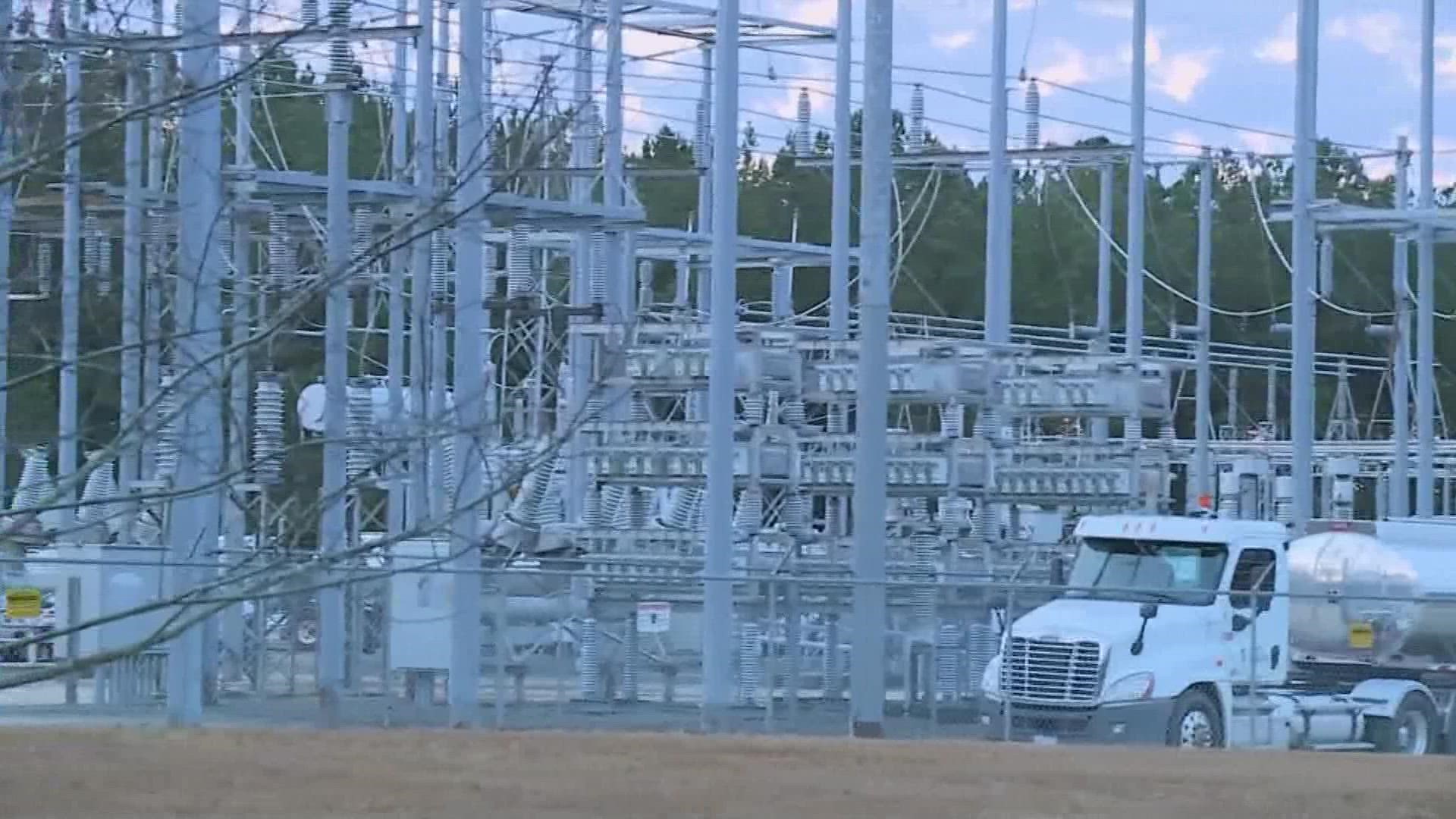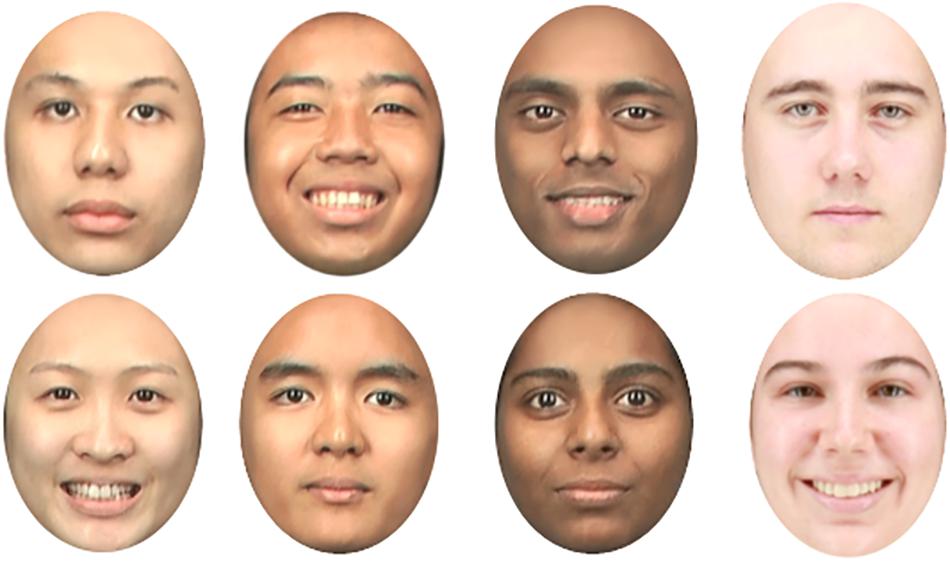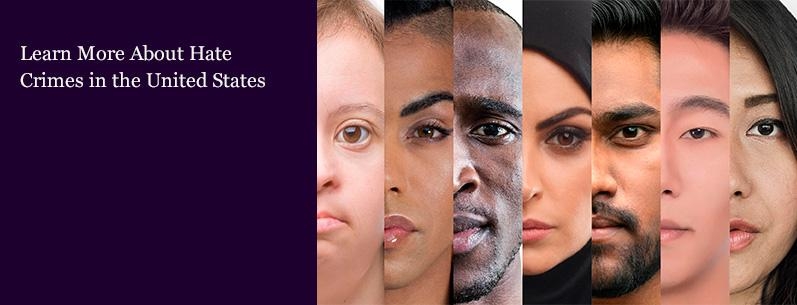
In a press release, the Washington Courts describe the huge strides they’ve taken to keep courts accessible and safe during the pandemic. And in doing so, the judiciary learned a great deal about everyday challenges to equity and accessing justice for state residents. WA Supreme Court Chief Steven C. González addressed the matter in a joint session of the state Legislature.
“The pandemic made clearer than ever the inequities within our justice system, but by making them more visible, the pandemic also made them more addressable,” ~WA Supreme Court Chief Steven C. González.
The speech was broadcast live and recorded by TVW. A written State of the Judiciary report was released to lawmakers, judicial branch leaders and the public following the oral address.
González highlighted some key work and responses by the judicial branch to challenges and revelations:
- Remote proceedings, now and future – Courts have broadly expanded remote proceedings to maintain safety during the pandemic, and in doing so learned a great deal about struggles to access courts. “Remote access has relieved the burden of travel for those unable to afford child care or to take off from work. It has allowed disabled people better, more inclusive access to justice,” Justice González said. Courts have launched remote and hybrid trials, have expanded electronic filing and use of electronic signatures, and have provided remote technology to litigants who did not have it. “Some of these pandemic necessities have become so effective, we will adopt rules to make them permanent. We’re in that process now.”
- Racial disparities remain – The Board for Judicial Administration launched a Court Recovery Task Force to catalog pandemic revelations and adaptations and provide support and information. After the killing of George Floyd, the task force expanded its work to include examination of ongoing racial disparities in the justice system. Its final report is titled, “Re-Imagining Our Courts.” Powerful data on disparities in the justice system were also detailed in reports by The Race and Justice Task Force and the Gender and Justice Commission. “This hard data reinforces what many know from their own lived experiences, but these reports give us tangible, actionable data that we can point to as we push for improvements.”
- Making progress – González highlighted expanded access to court interpreters enabled by the legislature, expanded use of therapeutic courts across the state which have proven successful in addressing underlying causes of criminal activity, new communication channels between state branches of government such as the new Interbranch Advisory Committee, and ongoing efforts such a Washington state court rule addressing both explicit and implicit bias in jury selection – the first in the nation to do so, and now a national model.
- Immediate challenges – In addition to other ongoing issues, González pointed to significant concerns involving court fines and fees being used to fund so much of court operations, particularly technology system, and court security risks. “All too much of the funding for our IT systems come from district and municipal court fees and fines,” he said, which criminalize poverty. “These are disparately imposed on the poorest and most marginalized communities. This needs to change. It’s the right thing to do.” Maintaining secure, safe courts is also an issue affecting access to justice and the functions of a democratic society, he said, and court security concerns and incidents have been growing.
“We’ve travelled far along the road to justice, and we still have more to go . . . We need your help to continue that progress. I look forward to working with all of you to fulfill the great promise of our nation of equal justice for all.” ~WA Supreme Court Chief Steven C. González.
My opinion? The COVID-19 pandemic has further exposed and exacerbated inequities in our justice system. Our courts and legal service providers have been forced to curtail in-person operations. This has occurred often without the resources or technology to offer remote-access or other safe alternatives. Fortunately, our courts have takes impressive strides forward and effectively pivoted under the circumstances.
Please contact my office if you, a friend or family member are charged with a crime. Hiring an effective and competent defense attorney is the first and best step toward justice.














